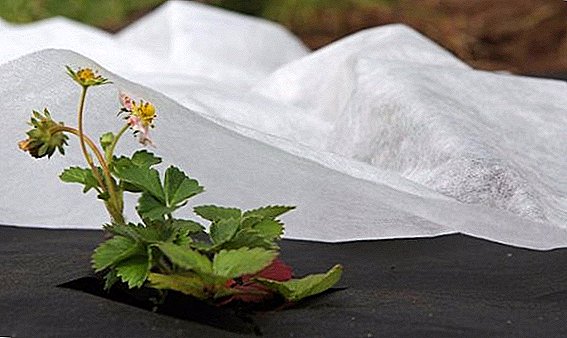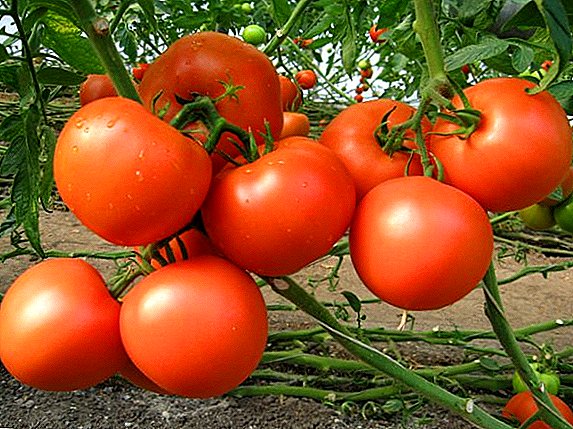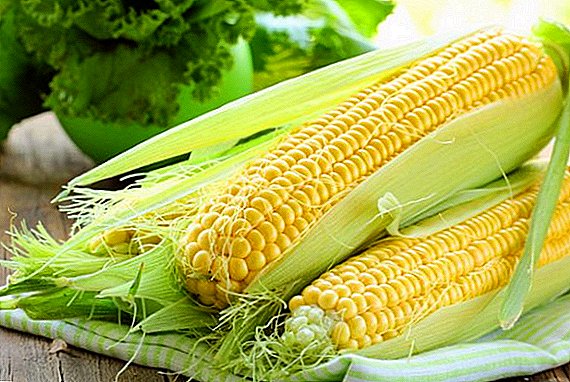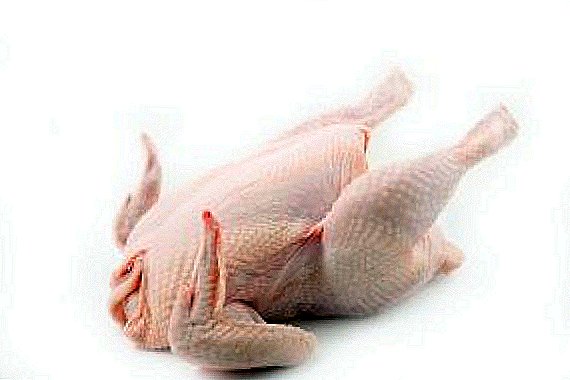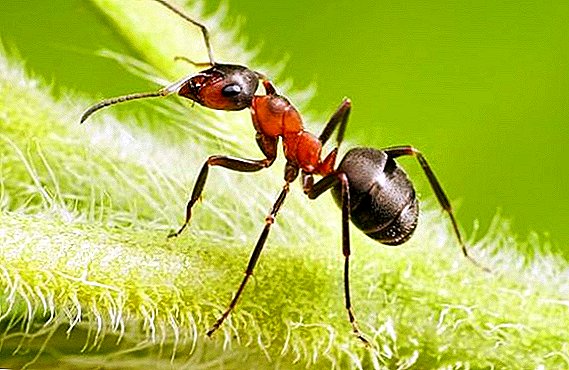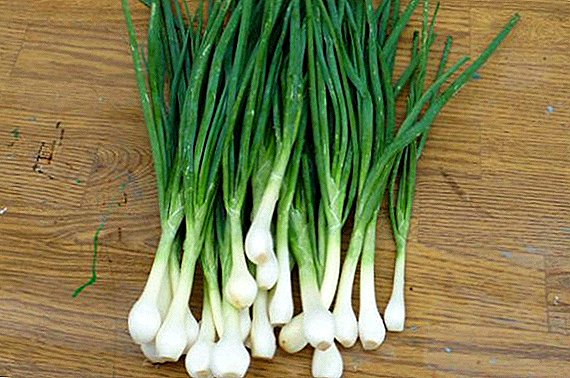 Shallots are the most profitable representative of onions, so it is not surprising that this crop is so popular in home and commercial vegetable growing. Often, shallots are grown on the feather to obtain vitamin greens. Shallot has several main advantages over onions: precocity, high yield, cold resistance and frost resistance, which allows you to get useful products much earlier.
Shallots are the most profitable representative of onions, so it is not surprising that this crop is so popular in home and commercial vegetable growing. Often, shallots are grown on the feather to obtain vitamin greens. Shallot has several main advantages over onions: precocity, high yield, cold resistance and frost resistance, which allows you to get useful products much earlier.
The leaves of this onion almost do not shoot, but during growing they do not grow coarse and for a long time retain their taste and nutritional properties. With a relatively low consumption of planting material, the green harvest of shallots is several times greater than the amount of greens on the onions.
According to the description, shallots resemble ordinary onions, but inside its head consists of several onion slices. Shallot - a representative of the onion family, has the following varieties: Danish, Russian (seed) and potato.
Depending on the type of shallot bulb can be round, oval or flat circle shape. The bulbs are attached to the so-called "heel" (bottom) of the maternal bulb, because of this, they can sometimes have a pointed shape.
In the nest near the shallot, 6 to 12 bulbs are formed, and in some of the cultivated varieties even 25-40, hence the popular name of the plant "forty-toothed". Depending on the type of shallot, the color of dry scales varies from white, light yellow, brown, pink to lilac. The juicy fruit of shallot can also be white, greenish or light lilac.  Shallot contains a lot of ascorbic acid, as well as essential oils, vitamins and minerals. Below we consider the main stages and recommendations on how to grow shallots for greens., to get a rich and healthy harvest.
Shallot contains a lot of ascorbic acid, as well as essential oils, vitamins and minerals. Below we consider the main stages and recommendations on how to grow shallots for greens., to get a rich and healthy harvest.
On your summer cottage, you can also grow onion varieties such as leek, Indian, slizun, batun, shnitt.
The choice of location and soil for planting shallots
Growing shallots for greens in open field provides for compliance with a number of simple agrotechnical recommendations. It is a light-loving culture, which in the sunlight forms a lush rosette of green leaves, therefore it requires open solar space, as well as a much larger landing area than a regular bow.
The best soil is wet, neutral or slightly acidic, humus-sandy, and also light humus loamy. Shallot grows well on fertile soils, so compost for beds should not be spared.  Before planting shallots on a feather, they prepare the soil from autumn: 1 square meter. m of land contribute 2-3 buckets of compost, rotted manure or humus mixed with superphosphate and potassium sulfate, 70 g each.
Before planting shallots on a feather, they prepare the soil from autumn: 1 square meter. m of land contribute 2-3 buckets of compost, rotted manure or humus mixed with superphosphate and potassium sulfate, 70 g each.
To improve the soil before shallot phacelia can be sown. It will grow to frost and the green will go under the snow. In the spring, it will be necessary to dig a bed, seeding phacelia into the ground, and plant shallots at the end of April.
Important! To protect the shallots from infections and pests, apply crop rotation or crop combination in one area. In order to prevent the spread of onion flies, they recommend planting carrots with shallots.
Preparatory work
Small bulbs, about 3 cm in diameter, are best for planting. They branch well, form more affiliated onions. Smaller onion heads are used during autumn planting for forcing the pen.
Large bulbs are impractical to use, because they provide a large number of small bulbs and little greenery.
Before planting, planting material should be prepared by holding the bulbs in a solution of epin (4 drops per 100 ml of water) for about five hours. It is also possible to use a solution of potassium permanganate as a stimulant in which the bulbs are kept for 15-30 minutes.  In this case, the stiff part of the bottom (heel) must be cut to fresh roots. If the planting material was stored in a cold way, then you need to hold it for a week at a temperature of +30 degrees.
In this case, the stiff part of the bottom (heel) must be cut to fresh roots. If the planting material was stored in a cold way, then you need to hold it for a week at a temperature of +30 degrees.
Did you know? Shallots have many names: forty-shrew, shalotka, charlotte, bushwood, bush. The Latin name of the plant: allium ascalonicum, which is obtained from the city of Ascalon (Palestine). Homeland shallot - Asia Minor. The first mention of this plant dates back to 1261 year. Today the plant is cultivated in Egypt, India, Greece and European countries. Primarily valued for its medicinal properties, which are used for eye diseases and diseases of the gastrointestinal tract.
Scheme of planting onions on the feather
Shallots are planted in early spring or in the fall before winter.
Landing in the winter
For planting shallots for the winter they use small onions, less than 3 cm in diameter, they are more winter-hardy. It is necessary to plant about a month and a half before the onset of the first frost, so that the shallot can take root, but it does not begin to grow.  For southern latitudes, this is roughly the beginning and middle of October. Onions are planted in the wet ground in rows, keeping a distance of 30 cm between them. The distance between plants should be at least 10 cm.
For southern latitudes, this is roughly the beginning and middle of October. Onions are planted in the wet ground in rows, keeping a distance of 30 cm between them. The distance between plants should be at least 10 cm.
The bulbs can be buried 10 cm or left 3 cm above the soil surface. After planting, shallots mulch with humus or peat, a layer of 3-4 cm, which is removed in the spring.
Most often planted onions for the winter in the southern latitudes. Despite the fact that the plant is famous for its high cold resistance, it can withstand frosts up to –20 degrees and retains its vitality after freezing, in the middle lane during winter planting there is still a risk of losing more than half of the crop.  The advantage of shallot autumn planting is in the formation of more green leaves than when it is planted in early spring. Shoots appear immediately after the snow, the greens get very early.
The advantage of shallot autumn planting is in the formation of more green leaves than when it is planted in early spring. Shoots appear immediately after the snow, the greens get very early.
Spring landing
In the spring, when the threat of frost has passed, you can plant shallots on greens. This is usually the end of April - the beginning of May. Nitrogen fertilizers are applied before planting - 25 g per 1 sq. M. The bulbs are placed in a moist, prepared for planting soil to a depth of 12 cm, observing a distance between rows of 30 cm, and between seedlings - about 15 cm.
On one square meter should be 30 bulbs of approximately the same size. If necessary, planting watered and mulched with peat or humus. In order to avoid marksmanship, shallot is covered with lutrasil. As soon as the greens appear, the shelter is removed so that the leaves do not deform.
Care of shallot beds on green feather
Growing shallots includes the following care activities: weeding, loosening the soil and watering. Watering plays an important role at the beginning of the growing season; in the dry season, water should be watered up to three times, using 15-20 liters of water per 1 square meter. A month before cleaning, watering should stop.
If the soil does not differ in fertility, after the growth of leaves, shallots need to be fed with nitrogenous fertilizers: urea, bird droppings, mullein: 1 solution bucket of 10 square meters. m of land.

Cut greens
Since the crop is planted at different times, there is no specific reference to the timing of its harvesting. Regardless of the variety of shallots planted for forcing the feather, it should be removed when the green has reached a height of 30 cm. During spring planting this occurs in July.
As soon as you notice that the shoots of shallot weaken, turn pale, become thinner and tend to the ground, the onions need to be cleaned immediately. As the shallot grows at different rates, feathers are cut off selectively.  Only those that have reached the desired height are suitable, such a feather is strong enough, keeps its shape, is well packaged and transported. It is important not to miss the time of harvesting, as the greens will become hard, turn yellow and lose juiciness and taste.
Only those that have reached the desired height are suitable, such a feather is strong enough, keeps its shape, is well packaged and transported. It is important not to miss the time of harvesting, as the greens will become hard, turn yellow and lose juiciness and taste.


